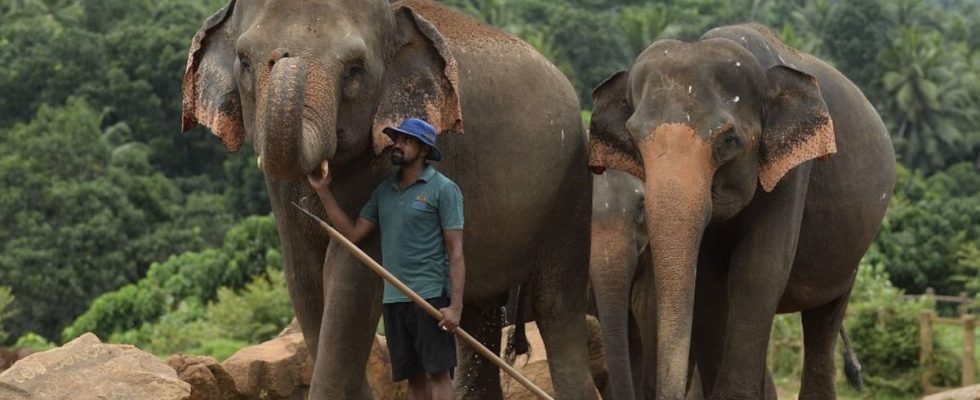Published on
Updated
Reading 2 mins.
The restoration and conservation of certain animal species would contribute to limiting global warming. By studying nine species in particular, American researchers realized that they facilitated the capture and storage of carbon.
Published in the journal Nature Climate Change, the study was conducted by fifteen scientists from eight different countries. Nine wildlife species were examined, marine fish, whale, shark, gray wolf, wildebeest, sea otter, musk ox, African forest elephant and American bison.
The protection and restoration of these species and their living environments would enable the capture of 6.41 billion tonnes of CO2 per year. These tons would help keep global warming below the threshold of 1.5 degrees Celsius, one of the objectives set by the Paris agreement. “Extending climate solutions to animals can help shorten the time horizon over which 500GtCO2 will be removed from the atmosphere, particularly if current opportunities to protect and quickly restore species populations and functional integrity landscapes and seascapes are captured“, explain the researchers in a Press release from Yale University.
“Wild species, through their interaction with the environment, are the missing link between biodiversity and climate“, says Oswald Schmitz, lead author of the study and professor of population and community ecology. “This interaction means that rewilding may be one of the best nature-based climate solutions available to humanity.”
Animals would therefore play an essential role in controlling the carbon cycle. A previous study carried out by the Pnas (Proceedings of the National Academy of Sciences) had already shown that African forest elephants facilitated the dispersal of plants with a high density of wood, which absorbs a lot of carbon. Foraging, nutrient deposition, organic carbon deposition or seed dispersal are among the various processes that help maintain terrestrial, marine and freshwater ecosystems. The presence of animals in a space would therefore change the total dynamics of carbon uptake and storage.
Endangering animal populations to the point of extinction could turn ecosystems from carbon sinks to carbon sources, according to research. Over the past fifty years, global wildlife populations have declined by almost 70%. By carrying out this study, the researchers demonstrate that the climate crisis and the biodiversity crisis are not separate problems, quite the contrary. By including the restoration of animal populations in climate solutions, natural carbon capture and storage would be further enhanced. Other species of animals could also help to contain global warming, including the African buffalo, the white rhinoceros, the puma, the dingo or certain turtles.
